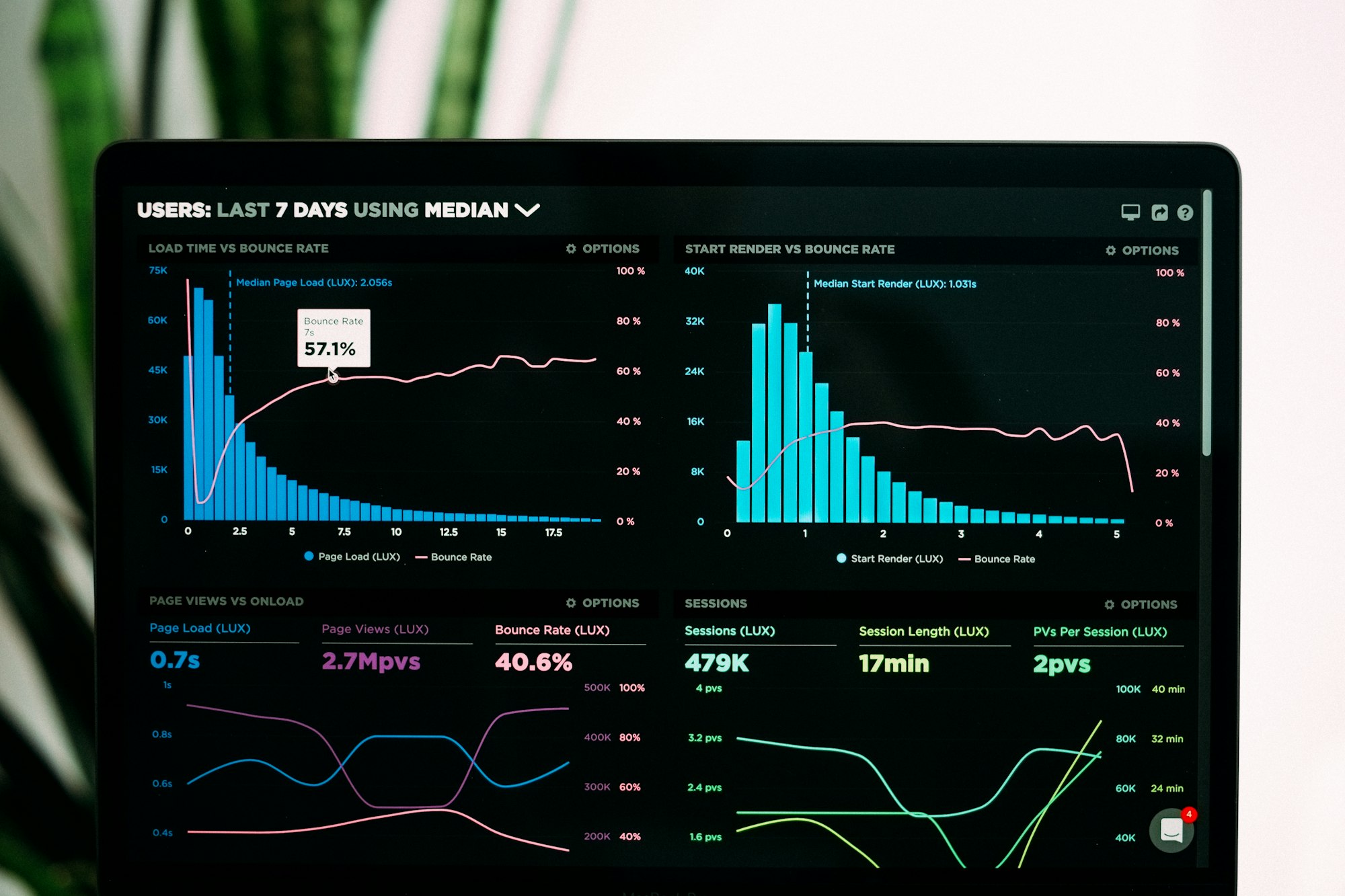#Unplug: A Business Owner's Guide to Smart Subscription Management

As a business owner in the digital age, I've navigated the treacherous waters of Software as a Service (SaaS) subscriptions, a journey that many of my peers are familiar with. SaaS products promise to streamline operations, enhance productivity, and keep us at the cutting edge of technology. However, without careful management, they can quickly become a tangled web of recurring costs and underutilized services. In this post, I'll share insights and strategies from my own experience on how to effectively manage SaaS subscriptions to ensure they deliver real value to your business.
Before deciding to #unplug my company spent 10,000€ per month on SaaS tools and software.
The SaaS Paradox
On one hand, SaaS tools have been a game-changer for my business, offering flexibility, scalability, and access to sophisticated technologies without significant upfront investment. On the other hand, the ease of signing up for these services can lead to subscription sprawl. I've seen firsthand how easy it is for costs to spiral and for teams to become overwhelmed by the multitude of tools at their disposal.
Conducting a SaaS Audit
The first step in regaining control was conducting a thorough audit of our SaaS subscriptions. This meant going beyond the finance department's spreadsheets to understand how these tools were actually being used across the company. The goal was to answer two crucial questions: Which tools are critical to our operations, and where can we consolidate or eliminate subscriptions?
Evaluating True Value
Evaluating the true value of a SaaS subscription goes beyond its price tag. It involves assessing how well it integrates with our existing workflows, its impact on productivity, and whether it solves a specific problem or simply adds to our digital clutter. This evaluation often requires candid discussions with team leaders and end-users to understand their daily challenges and needs.
Negotiating with Vendors
Armed with a clearer understanding of our essential SaaS tools, I took the next step: negotiating with vendors. Many business owners don't realize the leverage they have, especially with the prospect of long-term contracts or bundling services. Through negotiation, we've not only secured better pricing but also gained access to premium features that further boost our productivity.
Implementing a SaaS Management Strategy
With a streamlined portfolio of SaaS tools, the focus shifted to implementing a management strategy to prevent subscription sprawl from recurring. This strategy includes:
- Regular Reviews: Scheduling quarterly audits to reassess our SaaS needs and usage.
- Centralized Purchasing: Allowing a dedicated team to oversee SaaS purchases ensures that we avoid duplicate subscriptions and remain aligned with our business goals.
- Adoption Support: Providing training and resources to ensure that our team fully utilizes the tools we invest in.
The Benefits of Prudent SaaS Management
The impact of these measures on my business has been profound. We've seen a significant reduction in redundant subscriptions, leading to cost savings. More importantly, by focusing on a core set of tools, we've improved our operational efficiency and team productivity. Our employees are no longer bogged down by the cognitive load of navigating multiple platforms, leading to a more focused and effective workforce.
Conclusion
For fellow business owners navigating the SaaS landscape, the key takeaway is this: the value of SaaS subscriptions lies not in their abundance but in their strategic application. By conducting regular audits, evaluating the true value of each tool, negotiating with vendors, and implementing a robust management strategy, you can ensure that your SaaS portfolio drives your business forward without draining resources. The journey through the SaaS jungle is challenging, but with the right approach, it can lead to a leaner, more efficient, and more productive operation.

